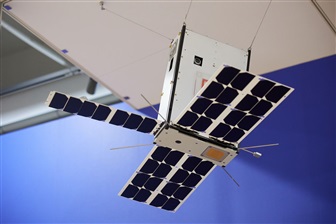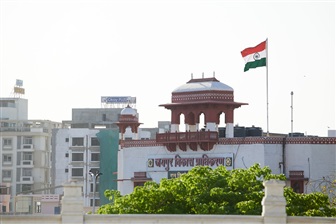Around the web
14 Aug 200813 Aug 200812 Aug 200811 Aug 2008
"Complaints over dropped calls and choppy Web connections on Apple's iPhone 3G have sparked a wave of debate...Nomura said problem involves a communications chip made by Infineon...As much as the chip may be the chief problem, glitches may also stem from Apple's software or the AT&T network..."
Business Week
The inverted metamorphic triple-junction solar cell was designed, fabricated and independently measured at NREL. The 40.8% efficiency was measured under concentrated light of 326 suns. One sun is about the amount of light that typically hits Earth on a sunny day. The new cell is a natural candidate for the space satellite market and for terrestrial concentrated photovoltaic arrays, which use lenses or mirrors to focus sunlight onto the solar cells.
Company release
DisplaySearch
The Wall Street Journal
The Epoch Times
Company release
WindowsForDevices.com
..the 3G iPhone has poor reception and forces him to spend more time on the 2.5G EDGE network than he thought, but the issue may be with Infineon’s 3G chip, according to Richard Windsor, an analyst with Nomura Securities. In a research note today, he said: “We believe that these issues are typical of an immature chipset and radio protocol stack where we are almost certain Infineon is the 3G supplier.” That comment might cheer AT&T, but it's bad news for Infineon, and perhaps a warning to the chip industry about quality control...
GigaOM
Shanghai Daily
Marketwatch.com (Dow Jones)
TradingMarkets
Glass maker Schott AG plans to double its investments into its R&D and manufacturing facility based in Alzenau, Germany. The company has announced to move the headquarters of its solar business from Alzenau to the Schott group headquarters in Mainz. The move aims at freeing up space for expansion in Alzenau, said Marting Hemig, general manager of Schott AG subsidiary Schott Solar.
EE Times
According to Numonyx employees, the memory spin-off from Intel and STMicroelectronics is to close its R&D center in Santa Clara, known as the California Technology Center (CTC). Continued price declines and weakening macro-economic climate is forcing Numonyx to restructure, forcing the company to close facilities and reduce its headcount. Employees at the CTC were told of the closure last Tuesday, which is believed to come into effect by April, 2009. According to the Numonyx sources,
Fabtech
As it did in Round One, Broadcom has prevailed in Round Two of a GPS patent dispute with SiRF Technology, as a US ITC (International Trade Commission) judge Friday ruled that SiRF products infringe six patents belonging to Global Locate, a wholly owned Broadcom subsidiary.
EDN.com
Bloomberg (via The Standard)
TradingMarkets
At Rubicon Technology’s recent 2Q08 earnings conference call with industry analysts, the company's president and CEO discussed the future of the LED market.
LEDs Magazine
Semiconductor Today
PhotonStar LED has increased the efficiency of its next-generation CeilingStar5 downlighter to 70 luminaire lumens per circuit watt.
LEDs Magazine
642/1505 pages









